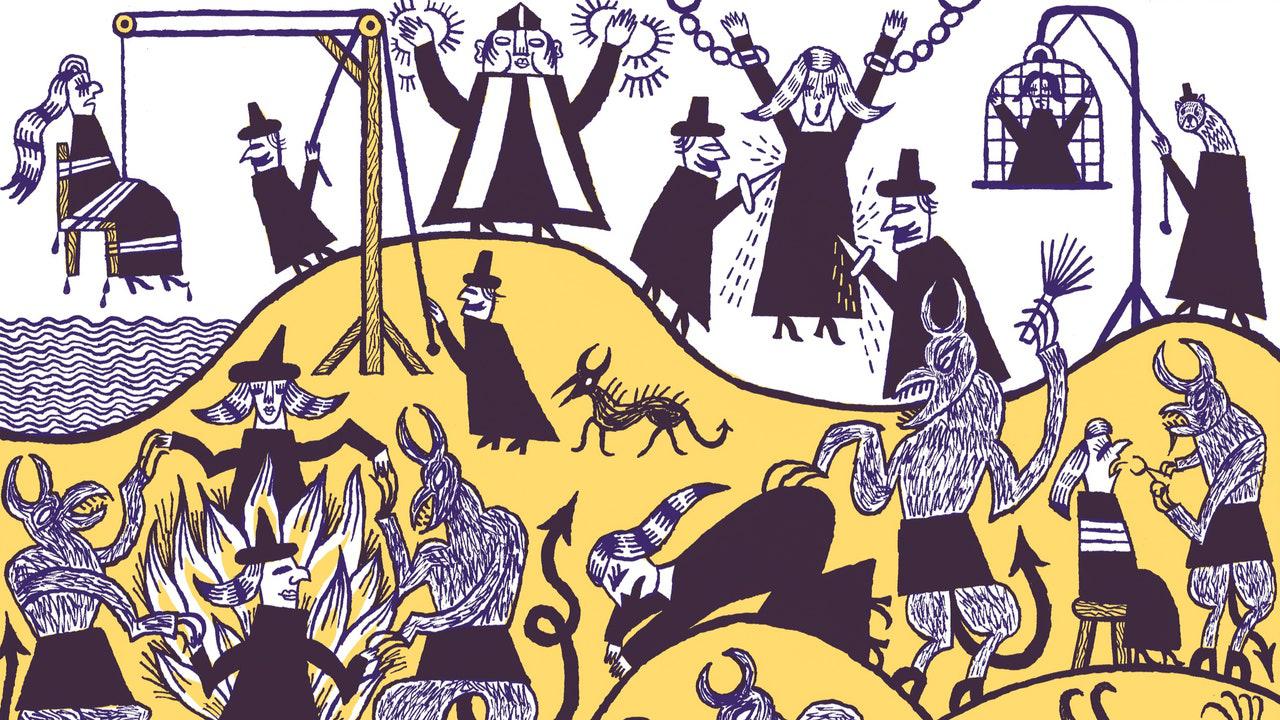
2024-01-15 词
Marion Gibson, a professor of Renaissance and magical literature at the University of Exeter, has now written eight books on the subject of witches, including “Witchcraft Myths in American Culture” and “Witchcraft: The Basics.” Her eighth book, “Witchcraft: A History in Thirteen Trials” (Scribner), traverses seven centuries and several continents. There’s the trial of a Sámi woman, Kari, in seventeenth-century Finnmark; of a young religious zealot named Marie-Catherine Cadière, in eighteenth-century France; and of a twentieth-century politician, Bereng Lerotholi, in Basutoland, in present-day Lesotho. The experiences of the accused women (and a few accused men) are foregrounded, through novelistic descriptions of their lives before and after their persecution. Gibson describes, for example, Joan Wright working in the “cold hush” of her employer’s dairy, churning milk so that “fat globules rupture and coalesce” in the “near-magical transformation of cream into butter.” The inevitable charisma of villainy makes the accusers vivid as well. The character that I found myself following most attentively, however, is also the book’s through line: the trial.
免责声明:本文来自网络公开资料,仅供学习交流,其观点和倾向不代表本站立场。